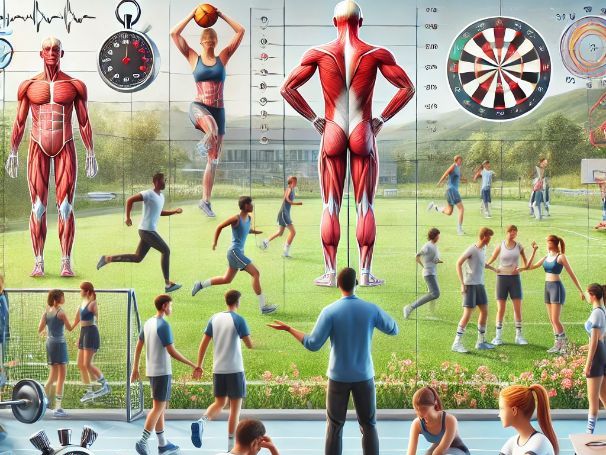

Mystery Cards Activity Bundle – problem-solving worksheets to build reasoning, application, and exam-ready skills.
This resource uses a Mystery Cards (Cause and Effect Reasoning) activity to help students piece together clues, identify relationships, and build logical explanations. Learners sort clues into cause, effect, and context, then create their own mystery question and answer supported by a cause–effect chain. Extension tasks encourage them to test or challenge their answers with new evidence.
Perfect for exam writing practice, tackling extended response questions, and improving essay structure and writing skills, this activity develops analytical thinking and ensures students can apply knowledge to unfamiliar scenarios.
These revision worksheets are designed as flexible printable resources for classroom activities, group work, or independent learning. By reasoning through clues, learners practise active recall and retrieval practice, while reinforcing full specification coverage.
Teachers save valuable planning time with these ready-to-use, time-saving resources, while students benefit from engaging activities that make knowledge application interactive and memorable.
Hidden within the creation process, AI helped to create these time saving resources – ensuring they are professional, consistent, and student-friendly.
Suitable for all students, this Mystery Cards bundle makes revision interactive, challenging, and exam-focused.
One worksheet per specification point:
Component 4: Aim and Planning Analysis
Component 4: Carrying Out and Monitoring
Component 4: Evaluation of the PEP
1.1.1 Functions of the skeleton
1.1.2 Classification of bones
1.1.3 Structure of the skeleton
1.1.4 Classification of joints
1.1.5 Movements at joints
1.1.6 Ligaments and tendons
1.1.7 Muscle types
1.1.8 Voluntary muscles and movement
1.1.9 Antagonistic muscle pairs
1.1.10 Muscle fibre types
1.1.11 Muscular-skeletal integration
2.1.1 Lever systems
2.1.2 Mechanical advantage
2.2.1 Planes and axes
2.2.2–2.2.4 Examples of movement in
3.1.1 Definitions and relationships
3.2.1 Components of fitness
3.2.2 Fitness testing protocols
3.2.3 Data collection and analysis
3.3.1 Principles of training
3.3.2/3.3.3 Training methods
And many many more
Something went wrong, please try again later.
This resource hasn't been reviewed yet
To ensure quality for our reviews, only customers who have purchased this resource can review it
to let us know if it violates our terms and conditions.
Our customer service team will review your report and will be in touch.